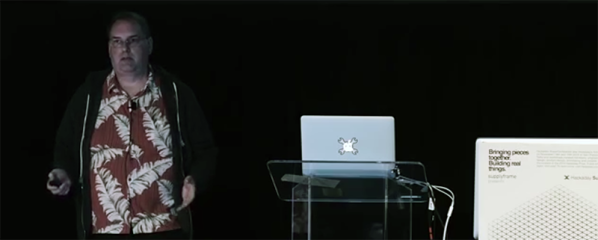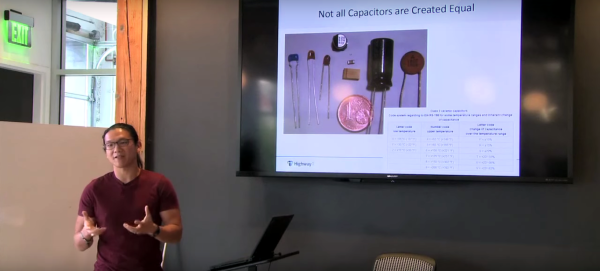Building one of something is tremendously easy. If you’re making one of something, you can cover the insides with hot glue, keep everything held together with duct tape, and mess around with it enough that it mostly works most of the time. Building more than one of something is another matter entirely. This is the thought behind DFM, or Design For Manufacturing. [Nick Sayer] is an experienced seller on Tindie and he’s put together enough kits to learn the ins and outs, rights and wrongs of building not one, but an inventory of things. Check out this last talk of the 2015 Hackaday SuperConference, then join us below for a bit more on the subject.
Continue reading “Nick Sayer: Making 10ⁿ Isn’t The Same As Building One”















